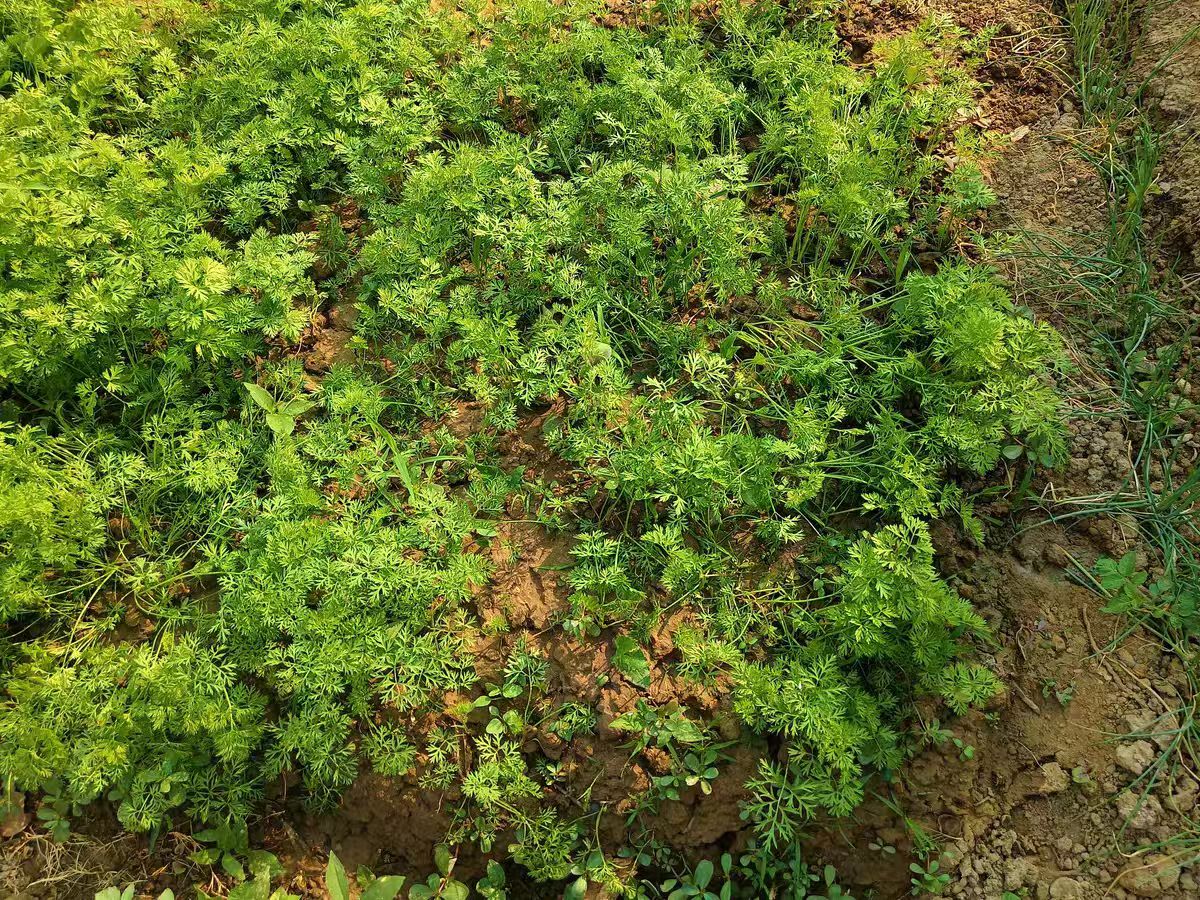Many friends worry about plant diseases when growing tomatoes at home, as they may affect tomato growth and the surrounding environment. In fact, fungicides are not strictly necessary for homegrown tomatoes. If the growing area is well-ventilated and sunny, the soil is fertile and clean, and watering, fertilizing, and maintenance are properly managed, healthy tomato seedlings with green leaves and plump fruits that show no signs of disease can thrive without fungicides. Scientific planting methods alone can ensure their healthy growth.
However, if tomatoes fall ill—for example, if brown patches appear on the leaves or the fruit surface rots—fungicides become essential. Common diseases like early blight, late blight, gray mold, and leaf mold can reduce yield, degrade fruit taste, and even cause the entire plant to wither or die if left untreated. Reasonable use of fungicides can repel pathogens and alleviate tomato suffering.
There are various fungicides for tomatoes, each targeting specific diseases—no single product is universally "best." It’s crucial to identify the exact disease first:
Mancozeb is a versatile fungicide ideal for preventing multiple diseases. Apply it before symptoms appear or at the first sign of illness by spraying the solution evenly on leaves, stems, and fruits. Regular application at intervals disrupts pathogen growth and protects tomatoes.
Chlorothalonil adheres well to plants, resisting washing by rain. It effectively prevents diseases like downy mildew and blight. Regular spraying during the growing period blocks pathogens from invading the plant.
Carbendazim is a systemic fungicide absorbed by tomatoes, working internally to control fungal diseases such as gray mold and wilt. For wilt, drench the roots with the solution; for gray mold, spray the plant. Repeated application at intervals inhibits pathogen cell division and growth.
Thiophanate-methyl is a potent systemic fungicide effective against leaf mold and anthracnose. Applied early in the disease stage, it converts to carbendazim within the plant to kill fungi.
Validamycin, derived from biological sources, is eco-friendly and safe for humans and animals, specifically targeting tomato damping-off. Drench the roots or spray the plant at the first sign of symptoms to destroy pathogen cell walls and prevent survival.
Kasugamycin penetrates plant tissues, controlling leaf mold and bacterial angular leaf spot. Regular spraying with the prepared solution disrupts pathogen growth and reproduction.
When using fungicides, exercise caution:
Strictly follow the instructions. Excessive dosage can harm tomatoes, similar to an incorrect medication dose.
Rotate different fungicides to prevent pathogen resistance.
Wear gloves and a mask to avoid skin, mouth, or nose contact with the chemicals.
Adhere to the specified harvest interval to ensure safety when consuming the tomatoes.
Do I Need to Use Fungicides for Homegrown Tomatoes?

Share with
Tagged in :




Leave a Reply